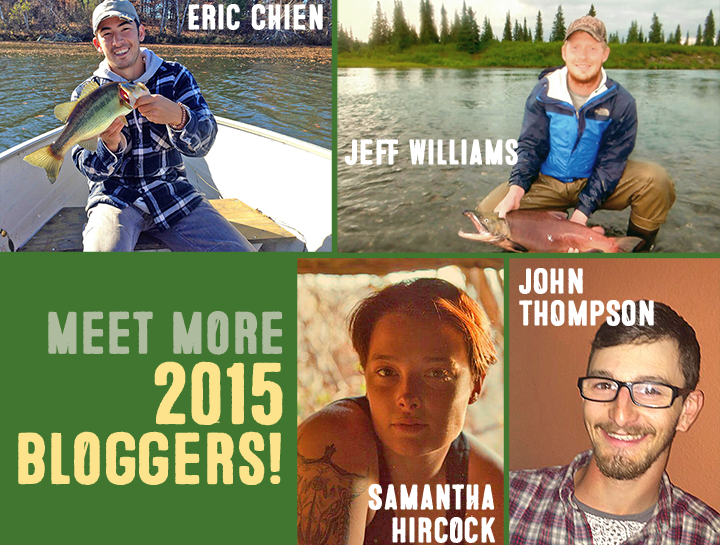Member Stories
Nature inspires many things
By now you, your spouse/significant other, your dog and even the elderly couple down the street have had the opportunity to take a stroll or two outside in the gorgeous weather Minnesota has been having. The leaves are turning green and the flowers are starting to bloom like our souls from their winter hibernation. Even the thunderous claps from the sky, pouring down on us these past few weeks have been beautiful in their own regard, inspiring spring attitudes and nostalgic memories of storms of yesteryears. This may all seem fine and dandy, but you ask, “What does this all mean?” Read More
Transforming Lilydale
Nestled between the Mississippi River and Pickerel Lake, just southwest of Harriet Island in St. Paul, lies Lilydale Regional Park. Named for the town that once stood in the low-lying floodplain, Lilydale is a well of natural and cultural history in Minnesota. Read More
Welcome to our second crew of bloggers
We are thrilled to have a large contingent of bloggers this year, sharing their experience while in the Corps. If you haven't seen the first month of posts from our inaugural group of five writers, scroll down and check them out! In the meantime, we welcome four more, three of them from our Iowa and Missouri crews. Read More
Life in the Ozarks
I grew up in a small agricultural-based town in southwest Iowa surrounded by fields of corn, wheat, beans and the occasional patch of woodland. When people think of Missouri, they typically think of what I have just described, but the truth is Missouri is an extraordinary state that is home to unique geological features, historic battlefields and landmarks, diverse plants and animals and some of the most breathtaking scenic views throughout the Midwest. Read More
Seeing the forest for the grass: Grassland conservation and restoration in northwest Minnesota
Two doves soar above the simple wooden alter that presides over the chapel pews where I received much of my instruction on living. Those enormous white birds share their lofty perch with words of peace and unity scribed in many of the world’s languages, a tribute to the ideals of diversity and acceptance that my Episcopalian school sought to impart to its wards. Read More





